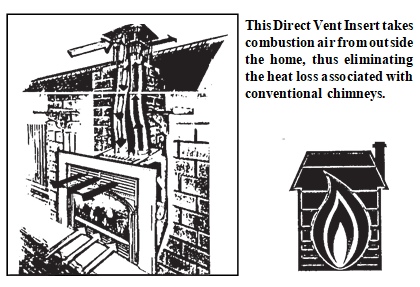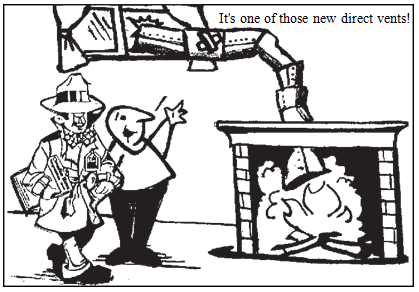Gas fireplaces are fast becoming one of the smartest investments a homeowner can make. They meet building standards of energy efficiency and eliminate many of the hazards associated with wood burning fireplaces.
Gas fireplaces come in a variety of styles and can be freestanding or customized with a hearth or trimmed to enhance the decor of the home. The flame turns on by a switch, or a hand-held remote. When the flame is turned off, the gas flow automatically stops. These systems have an efficient heat exchanger to capture heat from burning gas. That heat is radiated through durable ceramic glass that displays a very realistic flame. A thermostat, flame control and optional fan allow you to control the comfort level.



